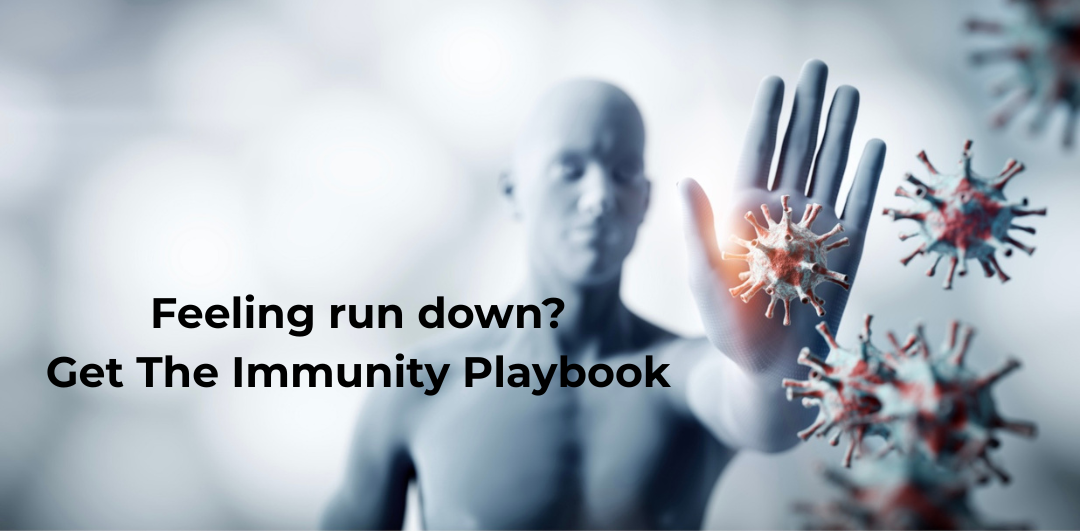The Mold Problem
Aug 27, 2024
Mold: it’s all around us. It’s in the air we breathe (mold spores), in the dirt around us, in the dark corners of bathrooms and basements, and even in the food we eat. In fact, according to the World Health Organization, mold contaminates at least 25% of the world’s agricultural products.
Molds produce toxins called mycotoxins, which might sound dangerous based on the name alone. But not all mycotoxins are dangerous to humans. Blue cheese, anyone? That said, while certain types of mycotoxins are relatively harmless, serving primarily as allergens, exposure (especially prolonged exposure) to other mycotoxins can be deadly.
How Mycotoxins Affect Your Health
Since mycotoxins are found in our food, as well as in our surrounding environments, they can be very difficult, if not impossible to avoid. That said, you CAN reduce your overall exposure. And you should. Here’s why.
Many individuals exhibit allergic reactions to almost all varieties of toxic mold. The CDC notes that those sensitive to mold may experience an array of symptoms, including:
- Persistent nasal congestion and runny nose (chronic rhinitis)
- Throat irritation
- Coughing or wheezing
- Eye irritation
- Skin irritation, such as chronic eczema, rashes, or hives
- Shortness of breath
- Red or swollen eyes
- Sensitivity to light
- Irregular heartbeat
- Stiff muscles and joints
- Increased urinary frequency
- Swelling/burning lips/tongue
- Headache (not migraine)
- Sensitivity to sound
- Daytime sleepiness
- Insomnia
- Lack of concentration/brain fog
- Forgetfulness
- Anxiety (fears, uneasiness)
- Depression
Those may not appear to be serious issues on the surface, but the reality is that prolonged allergic reactions of any kind can escalate into more severe health issues if left unchecked. Exposure to toxic mold has been associated with a multitude of lung-related health issues. Most notably, mold serves as a significant trigger for severe asthma attacks in both adults and children.
Additionally, over time, rhinitis and frequent coughing can damage the mucus membranes, leading to recurrent infections in the lungs, sinuses, and ears and develop into illnesses like chronic bronchitis. In some cases, individuals develop pneumonia, a severe and potentially life-threatening lung condition, directly resulting from inhaling mold spores, which then become deeply embedded in lung tissues, causing damage and subsequent infections. Pneumonia symptoms include fever, shortness of breath, coughing, and chest pain.
If you reside in a mold-infested home or apartment and develop a high fever accompanied by a persistent cough, it is crucial to seek emergency medical attention immediately. Untreated pneumonia can be fatal, particularly for children, the elderly, and individuals with weakened immune systems. Even young, otherwise healthy people have succumbed to mold-related pneumonia.
As you can see, mold exposure has serious health risks associated with it. While mold exposure typically does not lead to immediate death, its long-term effects can be perilous, debilitating, and, in severe cases, even fatal. Mycotoxins truly are no joke.
Dealing With Mycotoxins: A Two-Step Process
There are two environments to address when it comes to dealing with mold exposure and mycotoxins in your life:
- Your external environment (meaning physical places such as where you live and work)
- Your internal environment (meaning what you’ve ingested and inhaled that is now currently residing in your system)
Testing for Mycotoxins in Your Home or Workplace
To get an accurate detection of mold in your home, you’ll want to test the environment. You can either grab a DIY test (like this one from Amazon) or hire a certified mold inspector. The experts can help you not only identify mold and where it is most likely to grow, but they can also provide you with helpful recommendations on how to get rid of it and prevent it from coming back. As you can see, mold isn’t just unsightly. If left untreated, it can cause structural damage to your home AND your health.
Mold Exposure Testing and Mycotoxins in Your Body
If you are dealing with the symptoms and health issues mentioned earlier, or have been diagnosed with or suspect toxic burden, impaired immunity, autoimmune disease, or exposure to mold, I highly recommend the Vibrant Wellness Mycotoxins panel. This test is incredibly comprehensive in assessing mold exposure and mycotoxin levels in your system.
A Mycotoxin-Free Future
After testing, reach out to me for a consultation to discuss ways to rid mycotoxins from your system. Together we can create a wellness plan that addresses how you can prevent mycotoxin toxicity moving forward.


